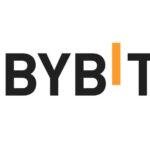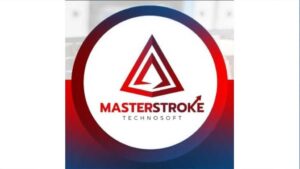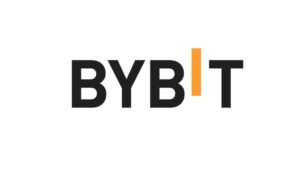Blockchain Revolutionizing Public Transportation
Public transportation is one of the industries where blockchain technology, which is known for its decentralized and secure nature, is making major progress. Public and corporate sectors in the Middle East are investigating the potential of blockchain technology to improve public transportation networks’ effectiveness, safety, and transparency. This change in commuter patterns is a result of the region’s dedication to becoming a pioneer in smart city technologies, with blockchain serving as a key component.
Upgrades to Fare Collection and Ticketing Systems
The payment and ticketing processes are two of the most direct uses of blockchain in public transportation. High operating costs, inefficiency, and fraud are just a few of the problems that traditional systems frequently encounter. A safe, unchangeable ledger that records transactions in real time is what blockchain technology offers, which can simplify these procedures. With digital wallets facilitating smooth transactions, commuters can use this to streamline the payment process while also decreasing the likelihood of fraud.
Optimizing Maintenance and Operational Effectiveness
The functioning of public transit could be completely transformed by blockchain technology’s ability to provide an open, unchangeable record of data. To ensure accuracy and accessibility of all data, maintenance records of vehicles, such as buses and trains, can be kept on a blockchain. A more dependable public transportation system may result from this, as well as more prompt maintenance and decreased downtime. The real-time data that blockchain provides on vehicle whereabouts and statuses can also be used to optimize fleet management by improving resource allocation.
Protection of Privacy and Security of Data
With so much personal and financial information handled by public transit networks, data security is a major problem in the digital era. Because data is encrypted in a way that makes it nearly impossible to change or hack, blockchain technology provides a reliable solution. In addition to fostering commuter trust and bolstering user data security, this can also fend off cyberattacks. Blockchain technology in public transit has the potential to raise the bar for data security in an area where cybersecurity is becoming increasingly important.
Encouraging International Transit Systems
More cross-border transportation projects, including international bus and rail networks, are located in the Middle East. By permitting easy cross-border payments and guaranteeing the integrity of transportation data across jurisdictions, blockchain can be extremely helpful in supporting these networks. The procedural obstacles to cross-border transportation may be addressed in this way, facilitating the movement of people and goods throughout the area.
The Difficulties of Using Blockchain in Transit
While there is promise, there are unique obstacles associated with integrating blockchain technology into public transportation. Being relatively new, the technology might be difficult and expensive to integrate into current systems. An efficient transportation network also requires that several blockchain platforms work together, which presents a hurdle. The legal and regulatory ramifications of deploying blockchain technology must also be addressed by public transit agencies, as these differ among Middle Eastern nations.
Possibility of Further Utilization and Development
Many pilot projects are currently underway, indicating a bright future for blockchain in Middle Eastern public transportation. It is anticipated that this technology will become a crucial component of the public transportation network in the area as long as governments and private businesses keep researching and investing in it. Blockchain technology is expected to transform Middle Eastern logistics, supply chain management, urban mobility, and transportation in the future, according to current developments.




























